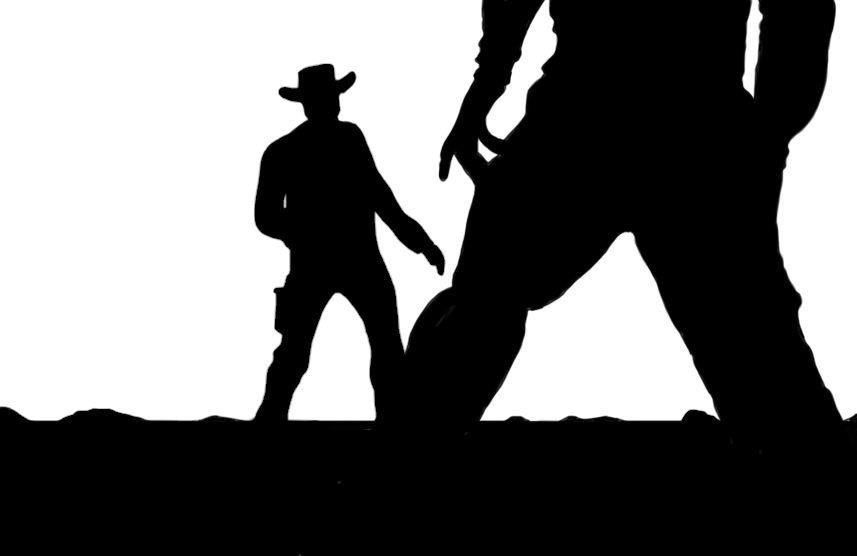
Here’s a true story for you to think about. It concerns a man called Elias Jaecks and the moment that I realised I didn’t know him at all. This revelation struck me after I had worked through the first 70,000 words of my novel and had come to write the first line of Jaecks’ dialogue.
And all of a sudden… nothing happened. I had nothing for him to say.
Elias Jaecks is a character who has been in my head for many years now, but I hadn’t, until recently, developed him past the initial concept of him being the reason my main character (or one of them at least) is out for revenge. As I worked on the first 70,000 words of my novel, fleshing out my protagonists with exciting storylines and believable relationships (I hope), poor* Jaecks has remained an indistinct shadow of a man with nothing to define him as a person.
*I use ‘poor’ here quite loosely. He is not a pleasant character and doesn’t deserve much in the way of pity.

This was not a particularly comforting realisation.
The problem was that I had never stopped to think about who he actually was.
He was completely vilified (for good reasons) by Runcorn, the main character. Runcorn spends most of his time tracking Jaecks across an arid desert valley, and doesn’t interact with him directly at all. With the lack of interaction, there were enough snippets of information about him floating around to justify the pursuit. The fact that Jaecks was not developed went by unnoticed.
That is until about 70,000 words in, when Runcorn and Jaecks finally come face-to-face. Then it became extremely noticeable, and I mentally kicked myself for not being better prepared in advance.
Knowing who your characters are and how they think is crucial to the telling of any story. What I find helps most is to create a character profile for them. I know that some writers will fill entire notebooks with every minute detail of every character they invent. Others will use tools like Pinterest and have boards dedicated to images and quotes that they associate with a particular character.
My way is simply to sit down and write about them.
I start off by covering the backstory. This doesn’t necessarily mean that I will go right back as far as childhood, but I will try to fill out as many details as I can in relation to where they have come from and what has made them the person they are by the time the book begins.
For Jaecks, this meant placing him in the local Militia in his late teens/early twenties where he met a man who would mentor him into gang leadership and foster in him a craving for violence that had previously been unchanneled.
After establishing a backstory, I’ll go on to look at the character in relation to the other characters in the book. Where did they meet? What was the nature of their relationship? How has that changed over time?

Jaecks is mainly associated with Runcorn in the book, and so I focused on how they had met. I already knew the main reason for the animosity between them, but looking further into their pasts drew out some underlying conflicts which added to their dynamic and influenced what would happen during their confrontation in the story.
Finally, I make notes on the characters’ physical attributes. By this, I don’t just mean their height, weight, hair colour and eye colour; but also, their scars or other physical defects, how they walk, whether they have a strong accent or a speech impediment.
In Jaecks’ case, he had spent most of his adult life getting into fights and holding his own in the company of brutal men; and in many ways, he had surpassed them. This sort of lifestyle leaves a mark physically, in the form of scars and a harshness in his facial features. He is also a man who enjoys violence, and so when he is faced with the prospect of fighting, his eyes brighten, and his smile becomes wide and manic.

These are just a few of the notes I have made about him, but by taking the time to get to know Jaecks, I am now in a position to put words into his mouth. He now has experiences in his life that have informed his personality. I have come to a point where I can predict what he is going to say and how he is going to react to certain situations.
But here’s the real paradox about the whole notion of character profiles: most of what I have put into note form about Jaecks won’t actually make it on to the page, but without those notes, the page would remain blank altogether.
Backstories are useful tools for writers to use for their own benefit, to create believable and compelling characters that readers want to get to know. That doesn’t mean that every detail will be there for the reader to learn. A lot of it will end up being subtext, the things the characters don’t say, but inform what they do.
And why is this, you may wonder? Because endless pages of exposition are tedious. They ultimately clutter the story and make it harder for readers to keep interested in the story as a whole.
As much as you may want to share every detail of your characters with your readers (you’ve taken all that time to dream them up, after all), trust that the essential details will be enough to drive the story forward. Everything else will lie beneath the surface to inform and influence the action as you go.
Now, when I go back to the confrontation between Jaecks and Runcorn, there won’t be a blank page staring at me (for long). It will be Jaecks with his manic grin, staring down Runcorn and doing whatever he can to get under his skin.

2 thoughts on “Finding Jaecks”